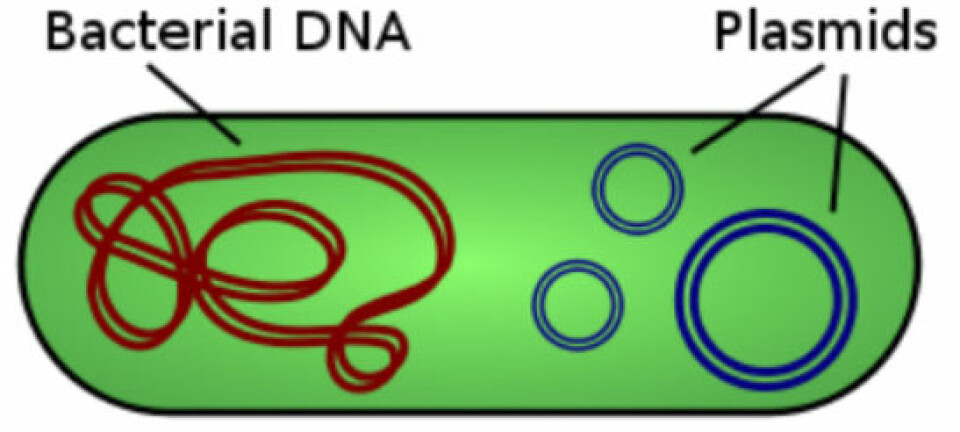
Virus link ruled out in breast cancer and brain tumours
Viruses cause some 10 to 15 percent of all human cancers, but breast cancer and the most common malignant brain tumour – glioblastoma – are not among them.
Seven types of viruses are now known to be the source of 10-15 percent of all malignant human cancers.
Cervical cancer is almost always caused by an infection from human papillomavirus (HPV). Both hepatitis C and V viruses are common causes of liver cancers.
Many scientists think virus infections could be causing other cancers as well, although the links have not yet been found.
Now that gene studies and powerful computers are available, medical science has a powerful tool in high-speed gene sequencing, which blows open new opportunities for tracking down potential cancer-causing viruses - or ruling out any links.

Using these new methods, researchers have found no indications that breast cancer and the most common brain tumour, glioblastoma, are triggered by viruses.
Analysed 19 types of cancer and 4,433 tumours
Scientists have conducted a deep analysis of 700 billion gene sequences from 4,443 tumours representing 19 cancer types in an extensive project at the Sahlgrenska Academy of the University of Gothenburg.
Their objective was to develop a comprehensive virus map for various types of cancer. Simply stated, they calibrated their research tool using known virus-tumour associations.
“The analysis has convincingly corroborated the links we already know of between viruses and certain cancers. This was an effective way of validating our method,” says Erik Larsson, a researcher at the Sahlgrenska Academy.
No sign of virus
However, there were some surprises. Certain medical scientists have argued that the Epstein-Bar virus, also called the human herpes virus, could be a possible cause of breast cancer. Similar claims have been made for the cytomegalovirus as a cause of the brain cancer glioblastoma.
But the Swedish analysis found no signs of these virus among the cases
“It might be slightly controversial that we didn’t find the virus in these cancer types. But if indeed any virus were to be playing an important role in breast cancer or glioblastoma, it’s likely that we would have found traces of it,” adds Larsson.
American gene data
He points out that a few uncertainties remain. The genetic material the researchers analysed came from the USA, drawn from the genomic database the Cancer Genome Atlas, which means there is a potential for regional genetic differences to be involved.
The analysis was also based on RNA (ribonucleic acid), and theoretically there could be a “silent” virus in essential DNA regions that was not measured or detected.
“But considering that we analysed nearly 1,000 breast and brain tumours, it’s not likely that a virus has had any extensive role,” says Larsson.
Were the scientists surprised about not finding a virus in breast cancer and glioblastoma?
“No, this wasn’t an important question for us when we initiated the study. Given that we analysed RNA sequences from over 4,400 tumours, we were slightly surprised not to find more unexpected links and new viruses. After all, we’re talking here about an inconceivable amount of data, more than 30,000 billion nucleotides.”
Valuable gene map
The gene map resulting from this comprehensive analytical project will be a valuable resource for further research. The scientists say in their report that it will clear a path for future, unbiased mapping of tumour-associated viruses in large-scale sets of data.
“A huge amount of further information on these tumours is accessible because we used standardised material from the Cancer Genome Atlas. For example, this means our map can be used to look into the association between the presence of viruses and clinical parameters or molecular changes,” Larsson says.
“The cancer types we analysed in this study are well known and thoroughly studied. The odds are better for finding new viruses and new virus-tumour associations in rarer types of cancer. This is why I think the method we are using will eventually lead to new discoveries.”
---------------------
Read the Norwegian version of this article at forskning.no
Translated by: Glenn Ostling









